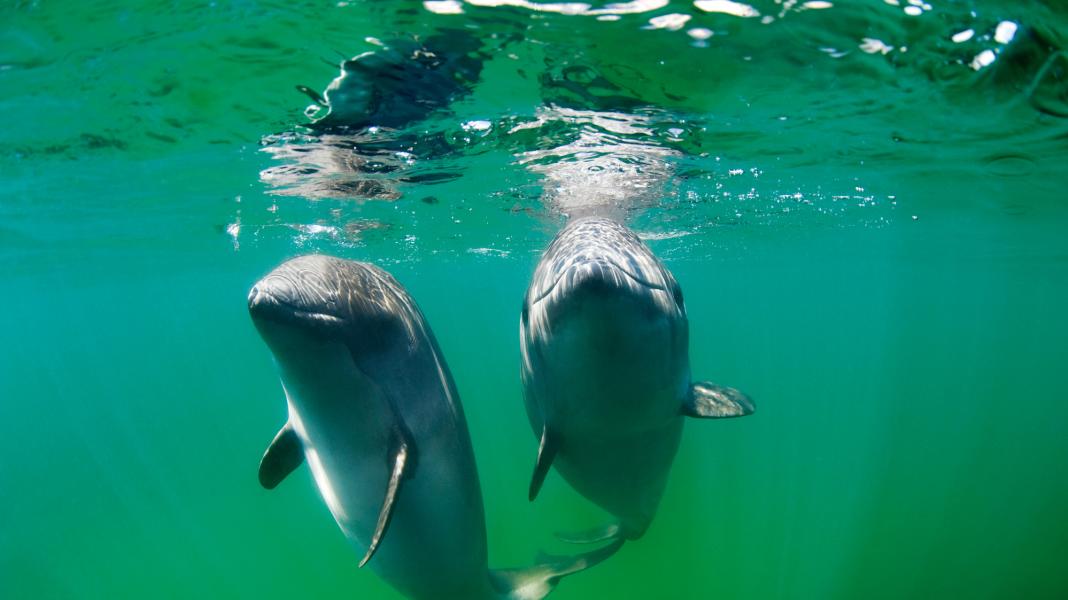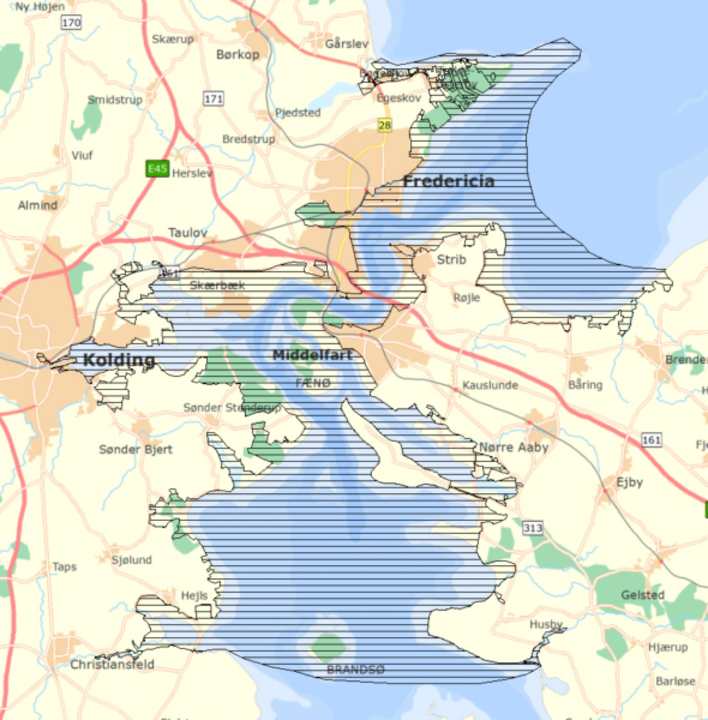Baltic Sea: New rules - How to behave in the vicinity of harbour porpoises

The Danish Lillebelt Nature Park is a co-operation between the municipalities of Kolding, Fredericia and Middelfaart, in whose waters crews see harbour porpoises practically every time they pass through. The narrow passages with their often strong currents are obviously a perfect habitat for the animals. In order to preserve the population for the future, the Danes have published rules on how water sports enthusiasts should behave when encountering the animals.
Map: Harbour porpoises feel at home in this area

These go far beyond what has been communicated by conservationists and biologists to date.
Knowledge about the harbour porpoise population is still patchy
Following these simple rules is intended to protect the endangered harbour porpoise population in the Baltic Sea. Although marine researchers clearly state that the main problems are not primarily water sports, but rather gillnet fishing and other environmental factors. One of Germany's leading harbour porpoise researchers recently pointed this out in an interview.
The rules for harbour porpoise encounters
- Always try to approach the harbour porpoises in parallel - never directly from behind, on a cutting course or directly towards the animals
- Never drive closer than 50 metres
- Always switch off your echo sounder if you spot porpoises
- If the animals approach your boat closer than 50 metres, maintain your course and speed if possible.
- No persecution of the animals!
- Only approach slowly, at a maximum of 5 knots, and this also generally applies to a radius of 300 metres around the animals
- Limit your observation time to a maximum of 30 minutes
- Above all, leave harbour porpoise mothers with calves alone and never cut a calf off from its mother!
- Particular caution is required when the porpoises are feeding, recognisable by the fact that they stay in one place for longer and the water around them bubbles slightly
- No swimming near the whales!
More information about the protected area and the species also protected there can be found on the Lillebelt Nature Park page.
